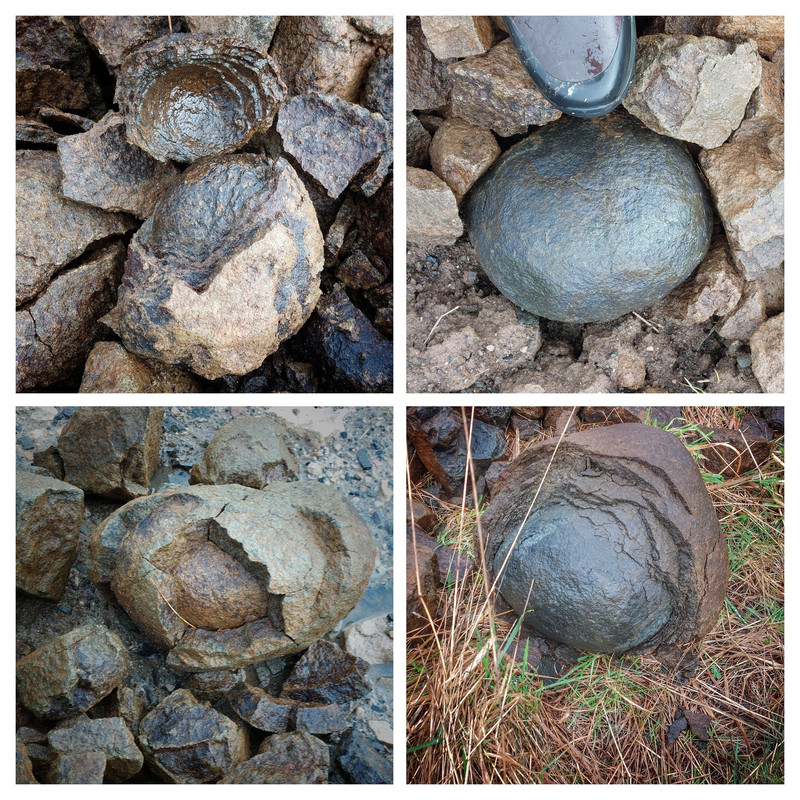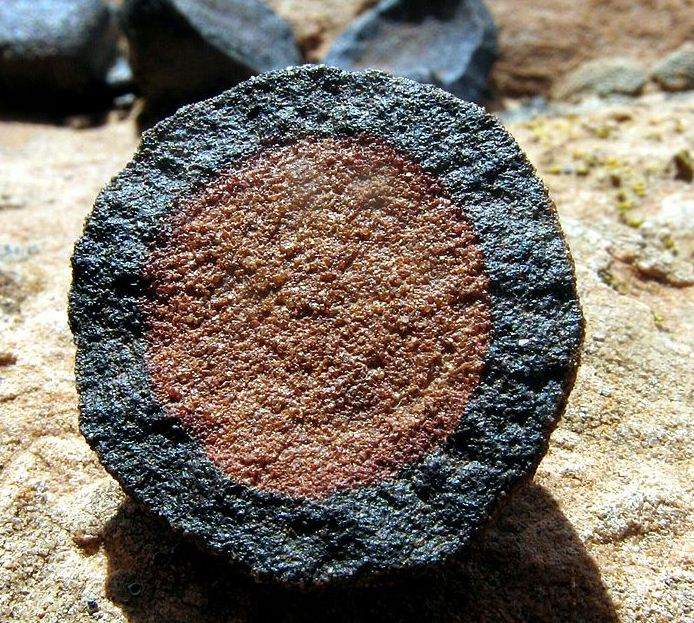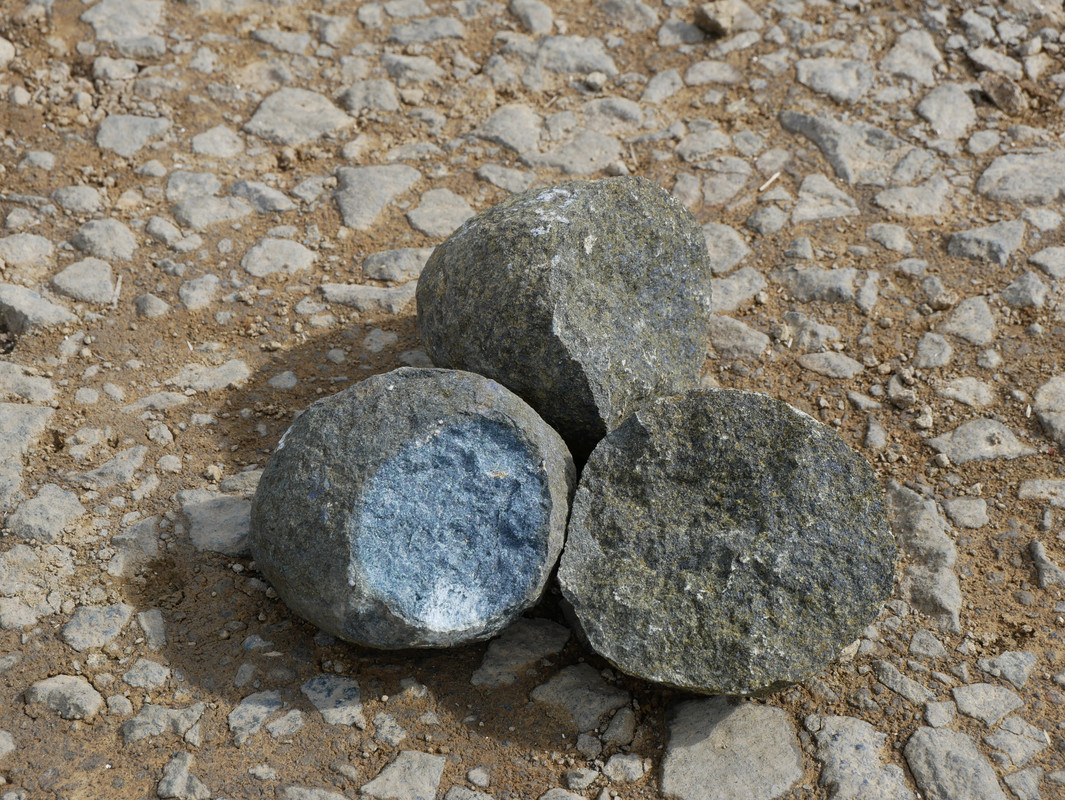Hi @vmgscot,
Sorry I missed your comment directed at me.
I can’t really tell from the pictures what the rock is. However, it looks medium to coarse grained which would suggest that it’s not a pillow basalt. Pillow basalts are usually very fine grained as they are basically lava that has been extruded into water. The water quenches the rock rapidly, preventing crystal growth.
If you are in Ayrshire, there’s a chance that it could be of sedimentary or igneous origin according to BGS maps: https://www.bgs.ac.uk/map-viewers/geology-of-britain-viewer/
There are other geology-types on here, possibly with knowledge of that part of the World, that could have a better stab at rock ID than me. Good luck!







